
Do you have a question about the Suzuki V-Storm DL650A and is the answer not in the manual?
| Engine Type | 4-stroke, liquid-cooled, DOHC, 90-degree V-twin |
|---|---|
| Bore x Stroke | 81.0 mm x 62.6 mm |
| Compression Ratio | 11.2:1 |
| Fuel System | Fuel injection |
| Starter | Electric |
| Lubrication | Wet sump |
| Transmission | 6-speed constant mesh |
| Final Drive | Chain |
| Front Suspension | Telescopic, coil spring, oil damped |
| Rear Suspension | Link type, coil spring, oil damped |
| Height | 1, 405 mm (55.3 in) |
| Seat Height | 835 mm (32.9 in) |
| Fuel Capacity | 20.0 L (5.3 US gal) |
| Torque | 47 lb-ft (63.7 Nm) @ 6, 500 rpm |
| Rear Brakes | Single disc |
| Front Tire | 110/80 R19 |
| Rear Tire | 150/70 R17 |
| Length | 2, 290 mm |
| Wet Weight | 216 kg (476 lbs) |
Explains the meaning of signal words like WARNING, CAUTION, and NOTE.
Covers avoiding accidents, wearing helmets, and defensive riding techniques.
Discusses special situations, knowing limits, and riding in bad weather.
Emphasizes practice, inspection before riding, and accessory loading.
Details acceptable fuel types, octane ratings, and additives like MTBE and ethanol.
Specifies required API, JASO classifications, and SAE viscosity for engine oil.
Explains the correct engine coolant, mixture ratio, and capacity for the radiator.
Identifies key components on the handlebars, instrument panel, and motorcycle body.
Describes the functions of the OFF, ON, LOCK, and P (PARKING) positions of the ignition switch.
Explains the meaning of various indicators and lights on the instrument panel.
Provides guidelines for breaking in the engine and new tires to ensure proper performance.
Details essential checks for tires, brakes, lights, fluids, and general condition before riding.
Outlines the correct procedure and safety precautions for starting the motorcycle's engine.
Explains how to start moving, shift gears up and down, and the importance of side stand interlock.
Details gear selection for optimal performance, downshifting, and riding on hills.
Advises on proper installation of accessories to maintain stability and control.
Specifies GVWR, tire pressure, and best practices for loading the motorcycle.
Provides a schedule for regular inspections and maintenance, along with important notices.
Details procedures for tasks like fuel tank lift, lubrication points, and battery care.
Covers cleaning the air cleaner, spark plug replacement, and engine oil/filter changes.
Guides users through checking fuel and ignition systems for starting or stalling issues.
Provides steps for preparing the motorcycle for extended storage, including fuel, engine, and battery care.
Offers instructions for washing the motorcycle, preventing corrosion, and cleaning specific parts.
Lists overall dimensions, wheelbase, seat height, and curb mass of the motorcycle.
Provides technical data on the engine type, bore, stroke, displacement, and transmission.
Details chassis components, suspension, brakes, and tire sizes.
Outlines electrical components, lights, fuses, and fluid/tank capacities.


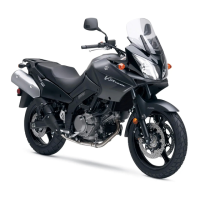


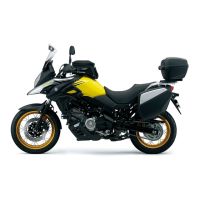

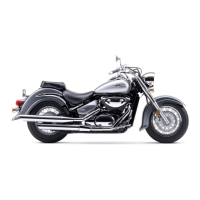
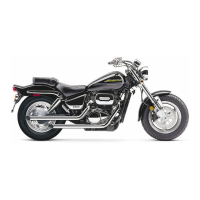
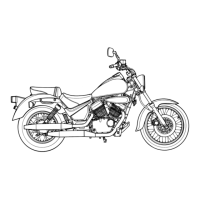

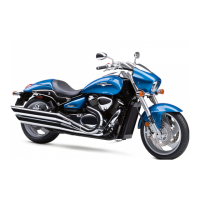
